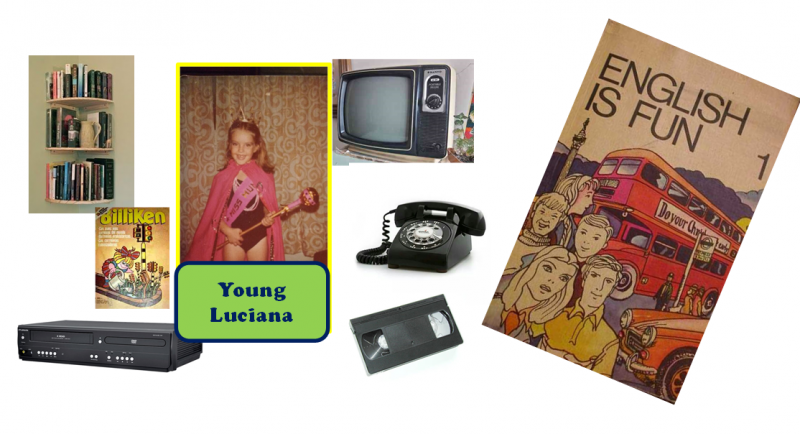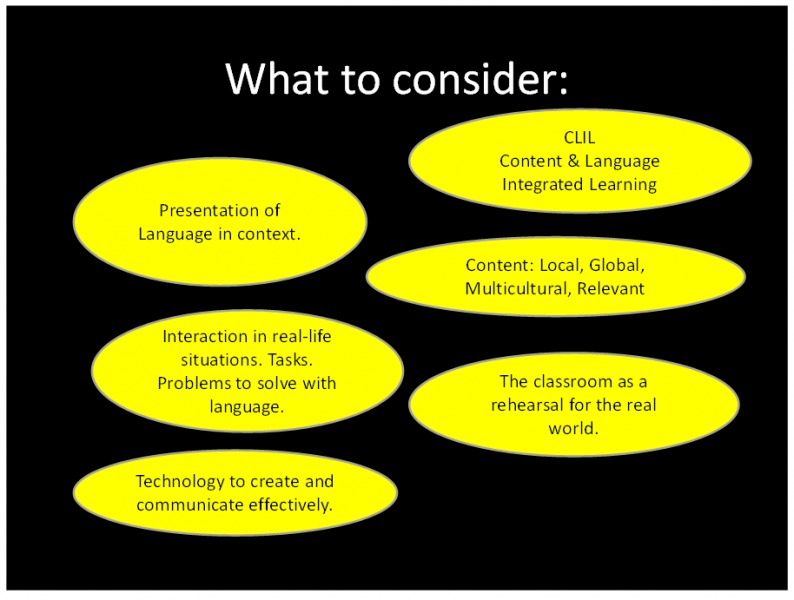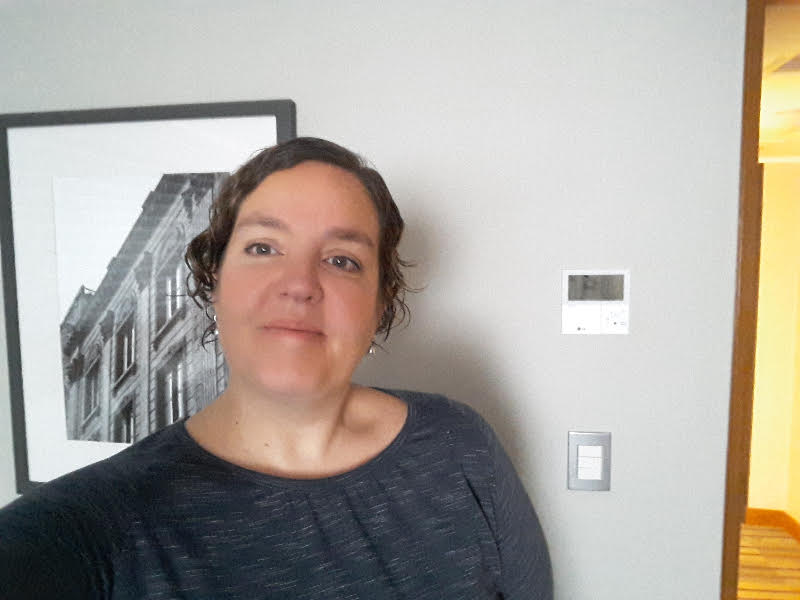When I was a little girl, back in the eighties, my teachers at school would ask me to do research. I’d go home desperately hoping that the information I needed was in one of the few books I owned. Back in those days, TV existed, but I had access to only four channels…and they were all Spanish-speaking. I did watch movies because I had a VCR, but very few of these were in English. Yes, it was a long time ago, more than twenty years to be precise. But although it was a long time ago, my parents decided that I should study English. Why was that? Because English was already a Lingua Franca and of course, my parents knew English would open doors for me.
But let me keep talking about me as a little girl. I remember my English coursebooks. They were all about Big Ben, the Houses of Parliament, Piccadilly Circus, Buckingham Palace and detached and semi-detached houses. It was all about the UK, however, some other coursebooks were all about the USA and its culture. Why was that?

Trying to find a possible explanation for this, I started doing some research. I discovered that in most institutions in my country where English was taught, every single document and teacher would make reference to communicative competence. And so, I searched for a definition for it: I came across a definition by Hymes in 1972 (Yes! Before I was born). Communicative Competence refers to ‘what a speaker needs in order to be communicatively competent in a speech community’. And so, I had an Aha! moment: books and course materials back in the eighties were getting me ready to be communicatively competent in those English-speaking countries! And so, it turned out, I was studying English in the hope I could travel to those places one day.
Well now, time to travel back to the present and reflect on the needs of our primary learners today. What speech community are they actually expected to be communicatively competent in? The answer might be overwhelming: that speech community is THE WORLD! In a remarkably short period of time, the world and its people, economies, and cultures have become inextricably connected, driven largely by the Internet, innovations in mobile computers and devices, and low-cost telecommunications technology. Have you stopped to think about this? This means that our learners will probably have more chances to interact in English with L2 users than with L1 users of English. It seems clear that communicative competence needs to be redefined in the light of this 21st century language learner.
And so, if our learners need to be communicatively competent in a speech community as broad as the world, the time has come to re-think what communicative competence implies to these new learners and what skills they need to thrive. In such a changing world, tangible skills such as language proficiency are obviously critical to success. But language skills are just part of the equation. To be productive global citizens, primary learners need other skills that are less tangible, including greater sensitivity to cultural differences, openness to new and different ideas, and the ability to adapt to change.
So let us now get into the different components that are found within the term Communicative Competence:
Communicative Competence has a linguistic component: this is getting our students to understand and use vocabulary, language conventions and structures. The challenge remains teaching these within a relevant and meaningful context, depending on our students´ age. But this is not enough. There is also a strategic component: this comprises teaching our students strategies and techniques to overcome language gaps, plan the effectiveness of communication, achieving conversational fluency and modifying discourse according to audience. This takes us to a third competence: the socio-linguistic one: this refers to making our students aware of formality, politeness and directness and their appropriateness or lack of it; it implies becoming aware of cultural references (quite necessary today). But developing communicative competence is not complete unless we also teach the discourse component: which is directly linked to how ideas are connected, that is to say, coherence and cohesion.
Communicative competence is definitely much more than the simple teaching of grammar and vocabulary, which brings me to what we can do in our classrooms. Since I am quite visual, I came up with the following:

In the model I present here, we teach vocabulary, grammar structures and conventions within a context that is both relevant and meaningful to primary language learners. Students then need plenty of opportunities to apply those new words, structures and conventions in real-life situations that we bring to the classroom, showing them that what they are learning is not only useful in the classroom but also beyond its walls. We must, as language teachers, teach our learners planning strategies, giving them chances to organise what they want to communicate and how they want to communicate it. And, last but not least, we need to vary tasks and scenarios as well as audience, so that learners get plenty of opportunities to adjust their language to the different situations suggested by the teacher.

The considerations listed above summarise what we language teachers today need to focus our attention on in order to respond to the needs and demands of a language learner, who without a shade of doubt, lives in a world far different to that in which I lived as a primary learner. What do you do in your classroom to develop communicative competence? I’d love to hear your suggestions in the comments below.

